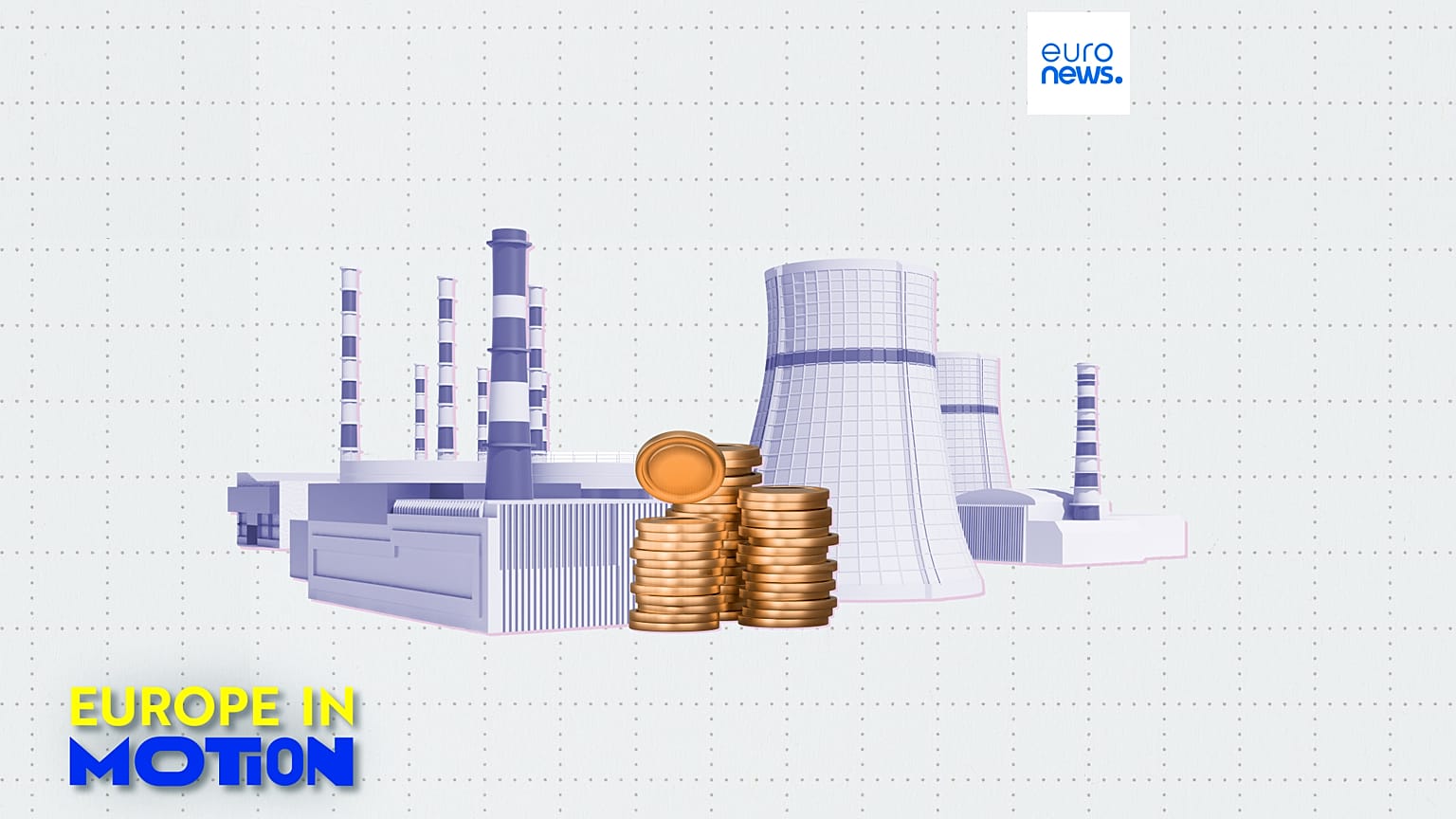An increase in industrial prices might be an early signal of inflationary pressures in the economy.
 ADVERTISEMENT
ADVERTISEMENT
Compared to one year ago, producing goods has become 0.2% more expensive in the Euro area and 0.4% more expensive across the EU, according to Eurostat.
Bulgaria reported the sharpest annual increase (+10.7%), followed by Denmark (+4.5%) and Romania (+2.5%).
At the same time, the price decreased in several countries, including Estonia (-6.1%), Luxembourg (-4.5%), Portugal (-3.6%) and Lithuania (-3.1%).
In terms of individual market sectors, industrial producer prices fell by 1.1% for energy, and by 0.1% for intermediate goods.
In contrast, non-durable goods sectors, such as food, drinks, and cosmetics, reported a 2.2% increase. Likewise, significant price hikes were reported in machinery tools (+1.7%) and durable consumer goods like smartphones (+1.6%).
The Industrial Producer Prices index is calculated at basic prices, excluding VAT and similar deductible taxes.
Because it often anticipates downstream price movements, it is widely used in shaping fiscal and monetary policy across the EU.
Between 2015 and 2020, industrial producer prices were relatively stable.
But the COVID-19 pandemic disrupted this trend.
During the first wave, prices fell by almost 4% in just three months (February-May 2020) - a drop which Eurostat described as "remarkable", though smaller than that seen during the 2008-09 financial crisis.
From May 2020 to September 2022, prices surged, increasing by nearly two-thirds.
Then, they fell again between September and July 2023: "almost as dynamically as they had increased", said Eurostat.
Since mid-2023, prices have been stabilising compared with steep swings of previous years, but remain at "historically high levels", according to the institute.














